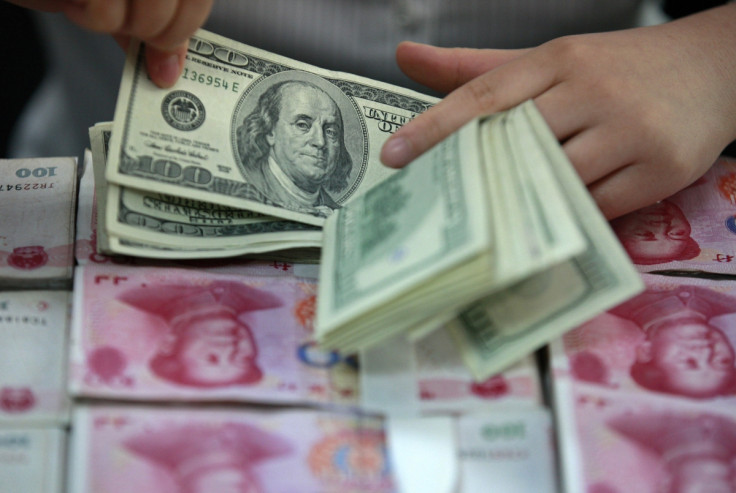Emerging G-7 Economy is Bigger Than Traditional G-7

The combined gross domestic product of top seven emerging nations is now bigger than that of the conventional G-7 group of industrialised nations, when measured in terms of purchasing power parity, according to data from the International Monetary Fund (IMF).
The Financial Times reported that the hypothetical G-7 group of emerging economies now have a combined GDP of $37.8tn (£23.5tn, €29.8tn) at purchasing power parity (PPP), compared to $34.5tn for the traditional G-7.
The new G-7 group comprises the so-called BRIC nations – Brazil, Russia, India and China – and the so-called MINT economies – Mexico, Indonesia and Turkey.
The traditional G-7 nations are Canada, France, Germany, Italy, Japan, the UK and the US.
The GDP measurement based on PPP is a new attempt by the IMF to compare economies. It takes into account the true cost of goods and services while measuring GDP rather than the volatile market exchange rates. For example, a haircut in Shanghai will cost a lot less than one in New York, but prices in the haircut market will not be equalised by international competition.
Based on PPP, China has overcome the US as the world's largest economy with a GDP of $17.6tn. Based on market exchange rates, the US is the world's largest economy with a GDP of $17.4tn, followed by China at $10.4tn.
"The new estimates point to a dramatically changed world: half of the twenty largest economies are now emerging markets and half are from the established rich world; Indonesia has entered the top 10 and overtaken the UK to become the 9th largest economy in the world; Nigeria – the other MINT economy – has leapt ten places in the rankings from 30th to 20th after the government rebased its measurement of GDP," the FT writes.
© Copyright IBTimes 2025. All rights reserved.






















